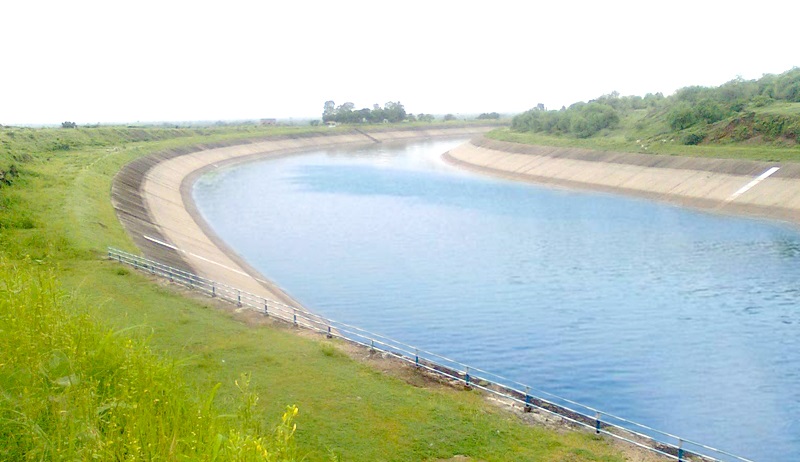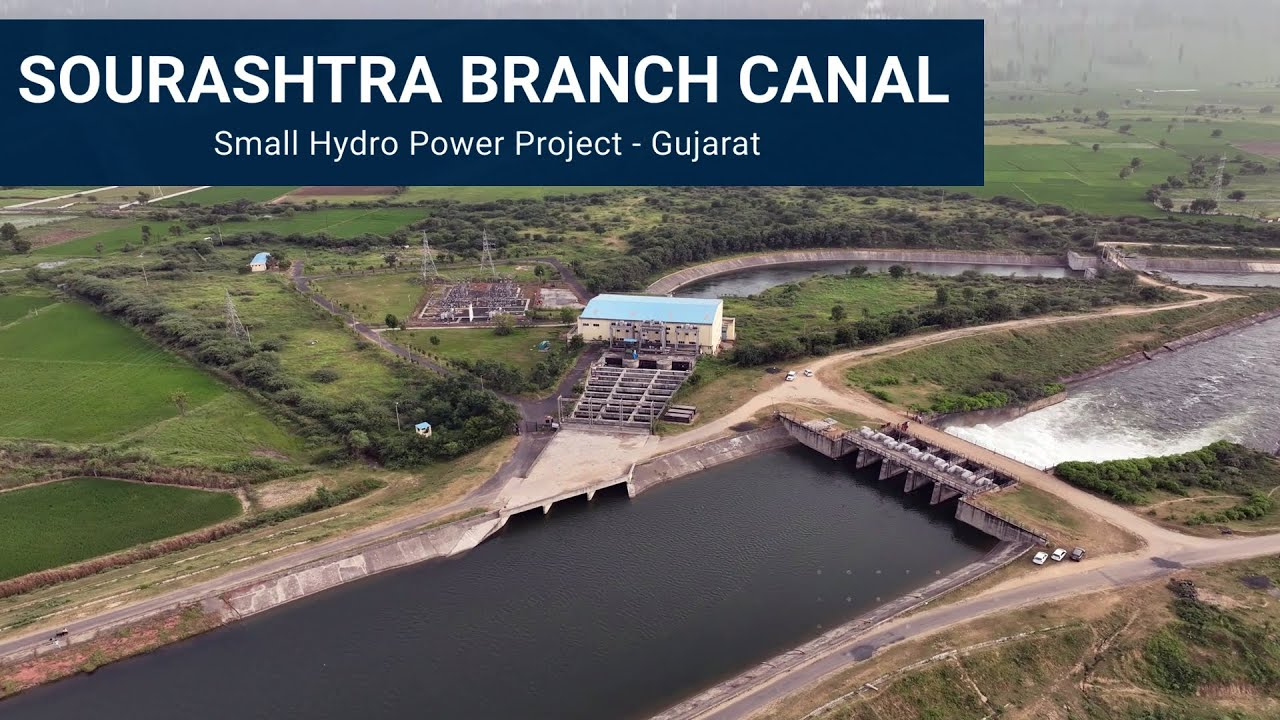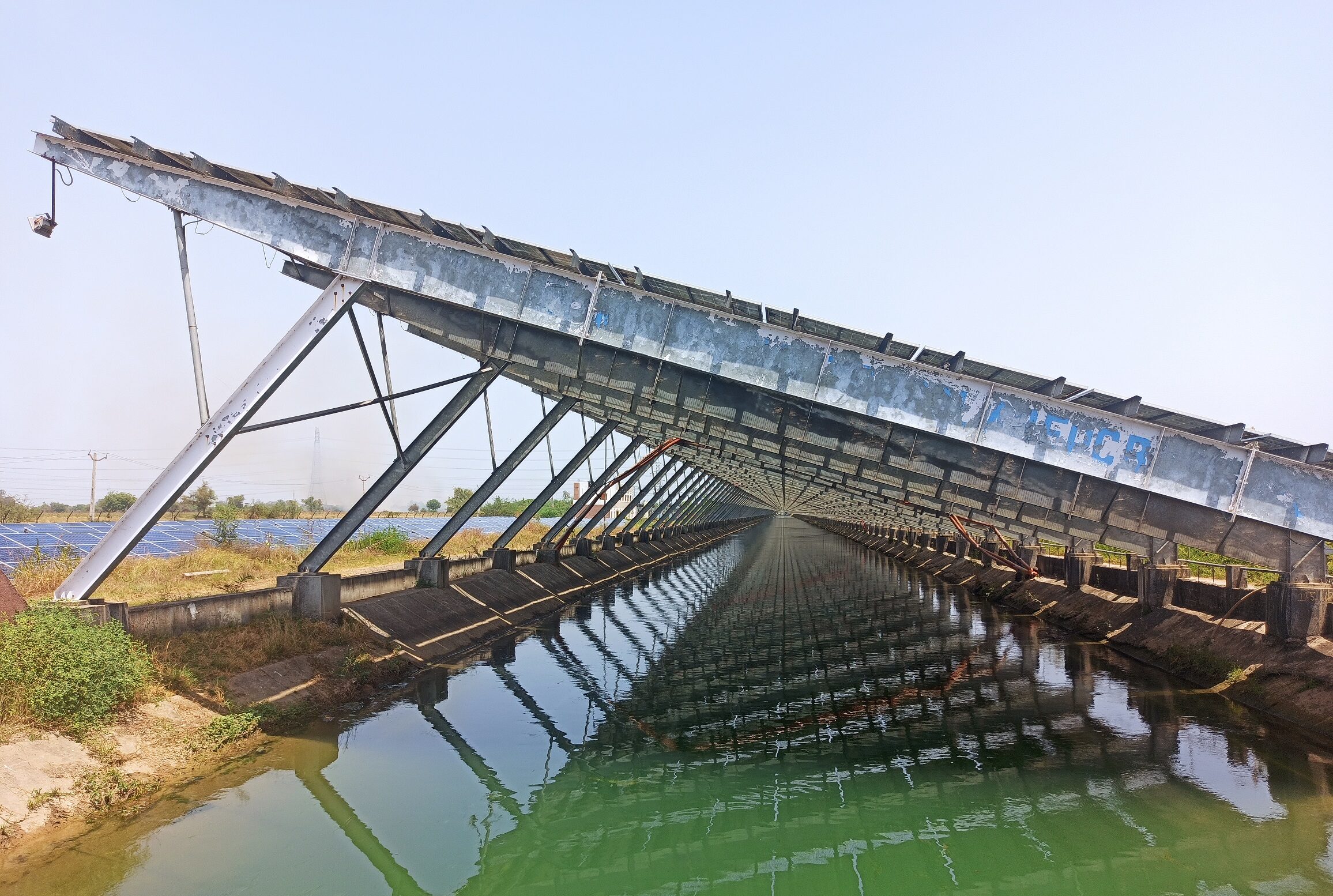Stretching across the heart of western India, the Narmada Main Canal stands as an engineering marvel and a testament to India's vision of equitable water distribution. Emerging from the Sardar Sarovar Dam in Ekta Nagar, this contour canal carves a 458-kilometer path through Gujarat and continues an additional 74 kilometers into Rajasthan. As the world’s largest lined irrigation canal and second longest in India after the Indira Gandhi Canal, it carries an initial flow of 1,133 cubic metres per second ensuring water delivery to 17 districts, 79 talukas, and more than 3,100 villages. The canal’s influence extends far beyond agriculture; it embodies a lifeline for millions inhabiting drought-prone lands.
What makes the Narmada Canal system truly revolutionary is its seamless integration of technology with resource conservation. The entire length of the canal is lined with plain cement concrete, a pioneering move in India’s irrigation history. This concrete lining dramatically reduces water seepage, enhances flow velocity, and prevents waterlogging issues that plagued traditional irrigation canals. With a cross-sectional bed width of 73.1 meters and a depth of 7.6 meters, the canal moves water at an efficient 1.69 meters per second near its origin, tapering gently toward Rajasthan while maintaining functional delivery standards.

To accommodate both terrain and infrastructure, the Narmada Canal system incorporates over 640 structural interventions, including aqueducts, siphons, and regulating units. These elements ensure uninterrupted flow across highways, rivers, and railways. Additionally, 274 road bridges provide seamless connectivity for local traffic. With 38 strategically located branch canals such as Wadia and Godasisar the system extends its irrigation net across over 2.13 million hectares of arable land, transforming barren fields into cultivable acreage, with 1.8 million hectares in Gujarat and nearly 250,000 in Rajasthan.
Saurashtra Canal and Rajasthan Link: Harnessing Power and Potential
Among the many branch canals, the Saurashtra Branch Canal is the most prominent. Spanning 104.46 kilometers, it carries a massive 424.8 cumecs (15,002 cusecs) of water. Ingeniously designed to maximize energy efficiency, the canal’s 52-meter natural fall has been exploited to set up three mini hydroelectric plants within the first 59 kilometers. Beyond that, water is mechanically lifted 66 meters by five pumping stations to reach the Bhogavo-II reservoir ensuring sustained irrigation in an otherwise arid landscape.

Even though the Narmada River does not flow through Rajasthan, the state significantly benefits from its waters. Once the canal enters Rajasthan at Shilu village in Jalore district, it branches into nine distributaries irrigating over 1,477 square kilometers of land, benefitting 124 villages directly. Ultimately, the canal is expected to cover 246,000 hectares across 233 villages in Jalore and Barmer districts. Beyond irrigation, over 1,300 villages also receive potable water, turning inhospitable terrain near the India–Pakistan border into sustainable habitations.
Solar Canals: Where Infrastructure Meets Sustainability
One of the most forward-looking innovations of the Narmada Project is the integration of solar energy along the canal’s path. In 2012, Gujarat introduced India’s first Canal-Top Solar Power Project on a 750-meter stretch of the Sanand Branch Canal. Inaugurated by Narendra Modi, the then Chief Minister, this project generates 1 megawatt of green energy while conserving water. The solar panels not only produce electricity but also reduce evaporation by nearly 9 million liters annually an ideal synergy for a water-scarce region.

This model was made possible under a ₹177.1 million EPC contract awarded to SunEdison and has since been hailed for its economic and environmental advantages. The concept eliminates the need for land acquisition, a major hurdle in traditional solar farms, and helps preserve up to 11,000 acres of agricultural land while generating clean energy. With 19,000 kilometers of canal length already laid and an eventual target of 85,000 kilometers, even utilizing just 10% of this for solar infrastructure could yield up to 2,200 MW of power ushering in a new paradigm for integrated development.